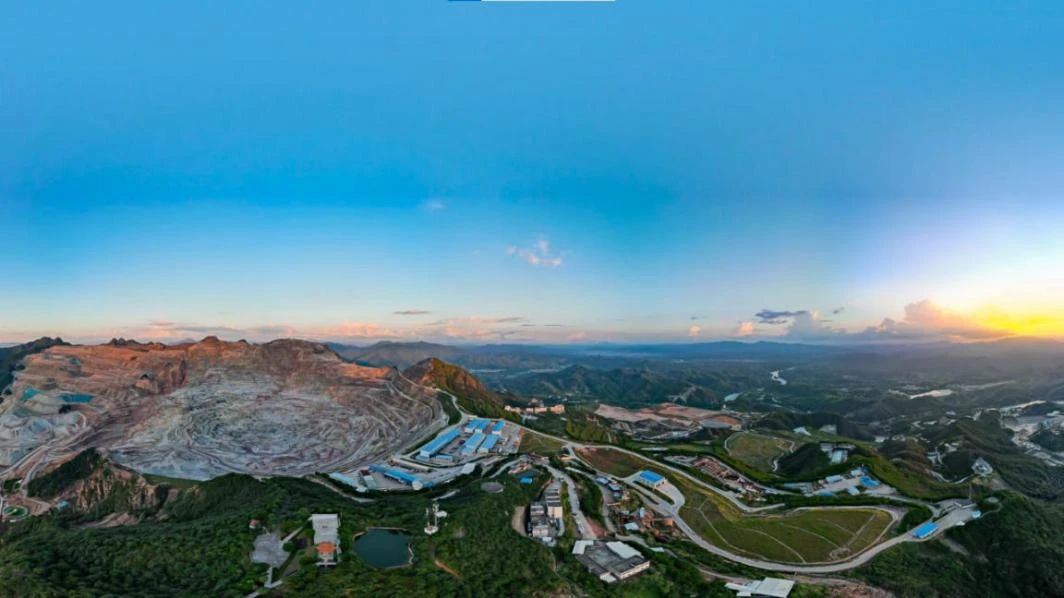
Jan 03, 2023
The London Metal Exchange has had a tough year, with available stock at its lowest level in at least 25 years as it moves into 2023, setting up a squeeze and price spike ahead if market demand is stronger than expected.
Available stocks of the six major metals traded on the LME, the world's largest metals exchange, plunged by two-thirds in 2022, with aluminium down 72% and zinc down 90%. Overall, inventories, which have not yet been marked as withdrawn, hit their lowest level since 1997 on Thursday and rose only slightly for the year.
While most of the world's metal never makes it into LME warehouses, exchange inventory levels matter because every short seller with an expiring contract must deliver physical metal registered with the LME warehouse.

The tight LME inventories also reflect the tightness in the metals market that has been in place for much of the year, both because of limited supply and because of concerns about weakening demand amid the threat of recession in major global economies.
For LME traders, the inventory drawdown is just one in a string of headaches after one of the most spectacular years in the exchange's 145-year history. The LME is facing regulatory investigations and lawsuits over its actions during the "demon nickel" debacle in March that pushed several traders to the brink of default. The LME will soon publish the results of an independent review of the crisis.
A key debate in metals markets heading into 2023 is whether sluggish global industrial activity and a rebound in supply will help replenish the sector's scarce reserves.
The debate over the outlook for metals supply and demand has been particularly intense in copper, with some analysts predicting persistent undersupply and others predicting a rare period of historic oversupply.
Goldman Sachs analysts expect copper prices to hit a record $11,000 a tonne within 12 months. BNP Paribas, on the other hand, says copper prices will fall to $6,465 a tonne by the middle of next year amid a huge surplus in the market.
LME copper is down 14 per cent this year, the biggest drop since 2018. Aluminium and zinc on the LME have both had their worst year since 2018, with prices down 15 per cent and 16 per cent respectively. Tin was the worst performer, plunging by more than a third in its biggest annual fall since at least 1990.
Only nickel is in positive territory this year, and the market has been hobbled by low liquidity since the financial crisis, often experiencing wild swings.